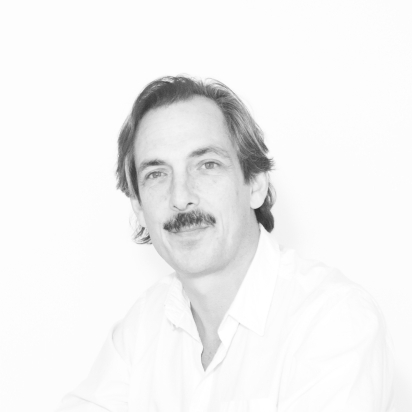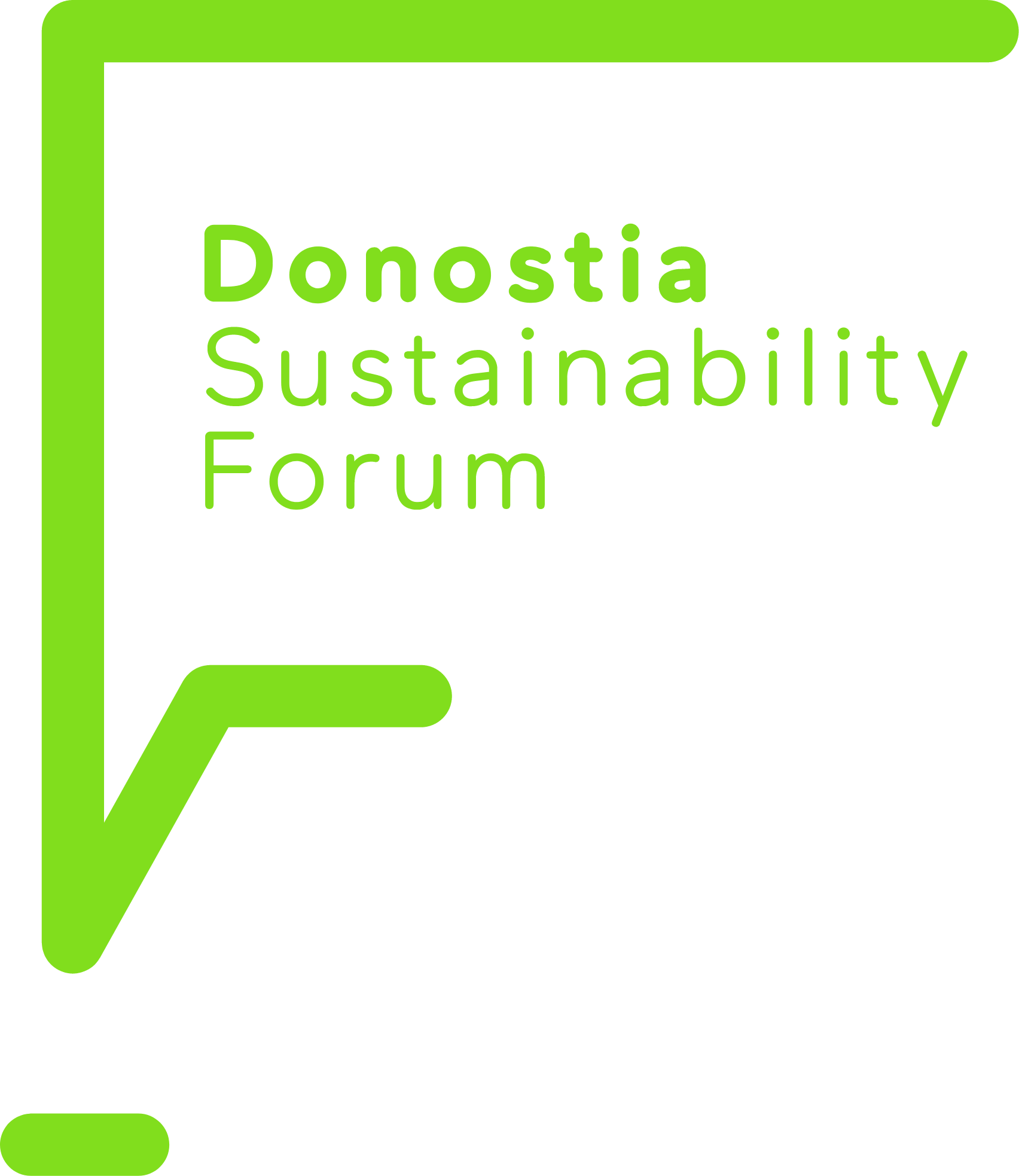Architecture can determine how we live and how we relate to each other, helping us to be more resilient in systemic crises
<p> "Buildings are capable of constructing interpersonal relationships if their design seeks to do this, as they are partly responsible for the excessive individualization that has emerged in recent years. This individualization is leading to a worrying increase of social problems such as loneliness, one of the biggest pandemics of the 21<sup>st</sup> century, according to the WHO". </p>

Iñaki Alonso highlights the paradox of the constant concentration of people in big cities; we are ever closer to each other and we have more technological connections, but at the same time the feeling of being lonely is growing strongly among us.
The studio sAtt, of which Iñaki is CEO, works on different forms of collaborative architecture, applied to housing units and work areas, as “architecture can determine how we live and how we relate to each other, helping us to be more resilient in systemic crises.”
As a team, they have started to apply new theories of environmental psychology, in the belief that “space affects our nervous and emotional system”. Our relationship with nature determine the feeling of well-being, as does our relationship with colours, lights, and shapes.
“We need to approach architecture from three angles: me, what’s my situation?, what relationship do I have with the rest of the community, and we, from a holistic point of view, that of Everyone". In sAtt projects they are aware of the magnitude and complexity involved in constructing a healthy building from a triple -economic, environmental, and social- perspective.
From the environmental point of view five approaches are applied, the first related to energy efficiency so that the building should consume as little as possible, the second related to the energy needed so that it is generated in the building itself, and if it is contracted externally, it should be renewable, involving rehabilitation materials, certificates, application of the principles of the circular economy, etc. A fourth factor is water, and the fifth the environmental impact (noise pollution, electromagnetic contamination or air quality), attempting to reduce to these to a minimum.
From the social sustainability point of view, the need for residents to get involved is strongly asserted. Ecohousing. A collaborate culture applied to housing -cohousing- based on an already created community that is preparing for the cultural change to "construction of what is shared" that participates in the design of the building. Other models include co-living, where they propose a project that fulfils the previously mentioned vision of ‘tripartite equilibrium’. These are conditions that the residents, constituted as a community, take on board and "windows of participation" are opened up.
The economic approach covers complex elements and takes into account the analysis of the building’s life cycle costs over 30 years, the lowest electricity bill over this period and, right from the start, low levels of CO2 in the place we are going to live in (this is difficult to quantify in economic terms) or materials that will be incorporated into a circular economy in so many years’ time. "It is a different way of life for people who want to live differently", one that more and more people are signing up for.
Entrepatios is a self-managed residents’ community founded by Iñaki Alonso’s team; he also belongs to it. The members pay a fee for usage rights that is 20% below the market price, 674 € a month for each 80 m2, and a very low electricity bill, around 20-30 euros per housing unit.
The building generates more energy than it consumes, recycles organic waste for compost and has the capacity to develop an agro-photovoltaic project using solar panels to produce food. CO2 levels are measured, both the current one in the building and the one used in its construction. There are no CO2 emissions in Entrepatios (except the CO2 people breathe out), 100% of the building has an electricity supply and its needs are covered 100% with renewable energies. In its construction, and analysing the entire process of extraction of materials and their transport to the site, 1,300 tonnes of CO2 were generated, this being offset with the planting of trees in Guadalajara and other projects in Kenya and Namibia. As for water, mechanisms to reduce and monitor consumption levels were used, and this has been seen to be very efficient (a reduction of 20%, as we recover the water we use when showering). Rainwater is collected in a tank and then used for watering plants and flushing toilets. The tank has a device for the reuse of grey water from showers and washbasins -although this is not legally authorised yet- so that, once the water has been treated, it can be reused in toilets and for watering vegetables and plants (around 750,000 litres per year can be saved).
“Water is not expensive at the moment, but people are saying that it’s going to be a big problem in the future. We need to have our strategies in place.” The building has photovoltaic panels that generate 30% more energy than is used, and this energy is sold back to the grid. In winter it generates about 20-25% less than the level needed, so this excess energy is sent to the grid.
A building according to the parameters of the so-called “complex thinking", in which several variables come together around the housing unit. One that we have to live in and that we should see as an ecosystem because we need energy, transport, garbage, recycling, co-existence, emotions or conflicts.
"There is nothing on offer in the market, but more and more people are deciding to develop this kind of project", which is why we have created a development of ecological co-living homes called Distrito Natural.
Through its impact developer (Distrito Natural), Iñaki Alonso’s studio has acted on its own initiative in Madrid, as the Administration does not provide any assistance. Six projects are currently being developed (3 in urban areas and 3 in rural areas). In Alicante, 3,520 families are taking part in another senior citizens’ ecohousing project. These are people who, instead of ending up in a care home or living with their sons and daughters, have decided to live in a self-managed way and want to take active ownership of their old age. In Ávila a housing community for Biodiversity is being created (vibio.land), made up of retired people or freelancers working from home and live in a rural environment according to ecological criteria. There are 60 homes overall. These are people who have decided to get out of Madrid and live according to the parameters of the circular economy, permaculture and energy/food sovereignty. They carry out the end-to-end management of the land, which means they can feed themselves from vegetable gardens. Energy is generated from solar panels and water is recycled via biological systems with macrophyte plants.



